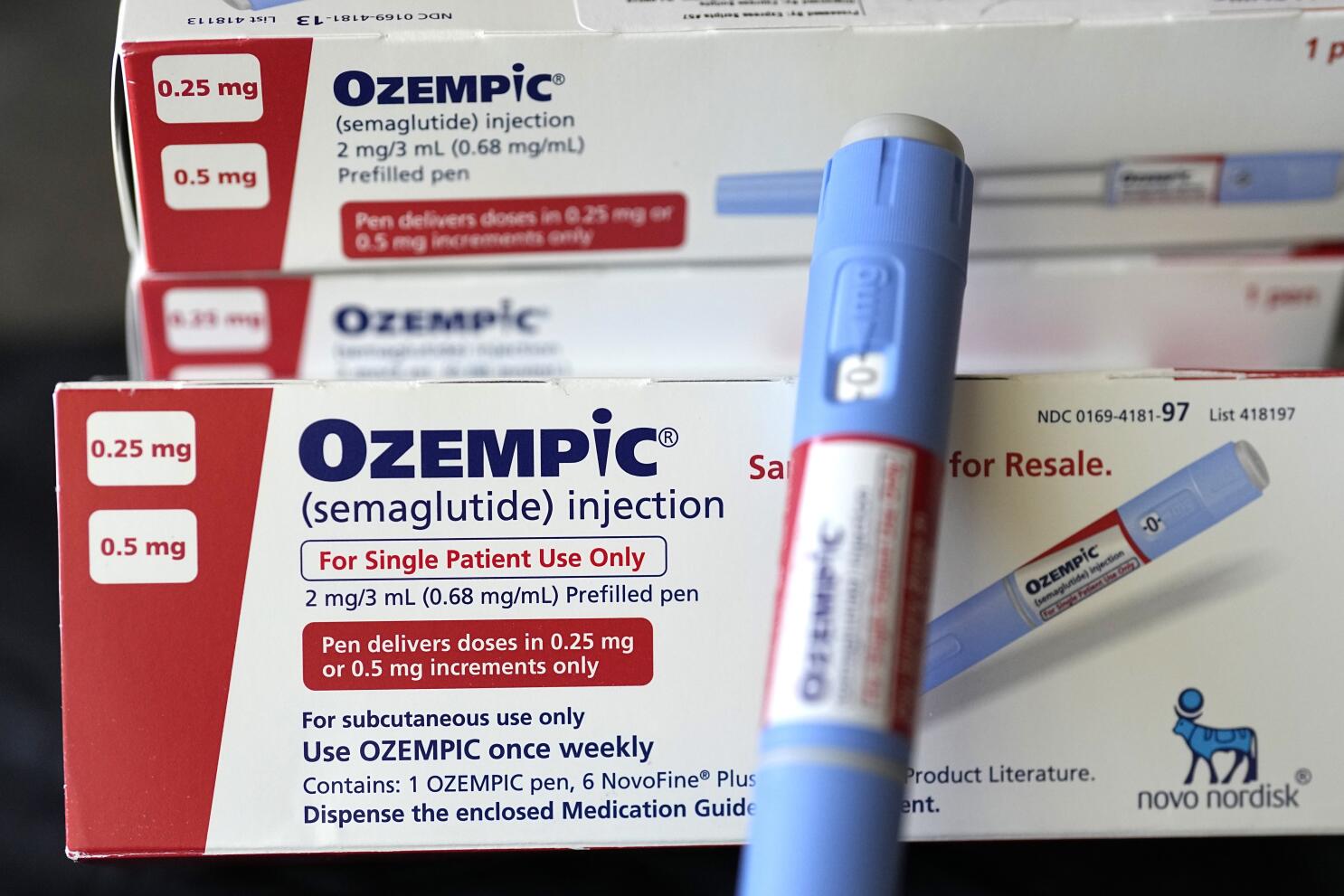OZEMPIC: America’s gyms are changing their approach as more members use weight loss medicines.
Luxury gyms such as LifeTime are acquiring weight loss clinics with doctors who can prescribe GLP-1s, a powerful new class of medications that have proven extremely effective in helping people lose weight. Equinox is developing exercise programs specifically for people taking the medications.
Ozempic Is Coming For Gyms. Here’s How They’re Responding
The industry is facing a big transformation as Baby Boomers age out of the normal gym-going populace, and new drugs make it simpler to lose weight. Oprah’s well-known WeightWatchers commercials are gone (the company’s stock dropped last week after she announced her resignation from the board), and doctors and strength training are in.
Ozempic, Wegovy and other GLP-1 prescription medications have spread throughout the country’s affluent populations. During the final three months of 2022, US healthcare providers wrote over 9 million prescriptions for Wegovy and other injectable weight loss medications. According to JPMorgan researchers, 30 million people in the United States may be on GLP-1 drugs by 2030, accounting for approximately 9% of the population.
While the total impact of GLP-1s is unknown, gyms want to ensure they are included in the transition to weight reduction medicines. The industry has previously made billions of dollars from people who want to lose weight.
However, gyms are still mostly about muscle development. Ozempic Muscle loss is a typical side effect experienced by some people using these drugs. So, gyms are now marketing their brands to existing members who indicate they are on GLP-1s, hoping to add memberships in the future when people on these prescriptions look to maintain and grow muscle.
Some analysts believe Planet Fitness and other low-cost gym businesses will gain from the growth of these drugs as prices fall. Currently, most Americans cannot afford GLP-1 drugs, which cost $1,000 or more per month.
Ozempic Is Coming For Gyms. Here’s How They’re Responding
“In a world where GLP-1s become widely available, gyms from Planet Fitness to the highest-end brands are likely to launch marketing campaigns aimed at increasing their membership bases,” said Simeon Siegel, an analyst at BMO Capital Markets, who follows fitness companies.
Weight loss specialists and personal trainers
Life Time has opened a clinic where members can receive personalized weight loss instruction and access to doctors who can prescribe GLP-1 drugs to those who qualify.
People taking GLP-1s “will want the right professional facilities, professional personal trainers, and nutritionists to help them,” said Bahram Akradi, CEO of Life Time, during an earnings call on Wednesday. We are confident that this [GLP-1] mega trend will be particularly positive for Life Time.”
Equinox has launched a “GLP-1 protocol,” a personal training program for members using these medications to preserve muscle mass. The corporation stated that it created the initiative to respond to member inquiries about GLP-1s.
According to Equinox, the plan offers a “targeted fitness program [that] can help you retain and build muscle during the process.”
Xponential Fitness, which owns boutique brands like Club Pilates, Rumble, and Pure Barre, has bought a chain of weight loss medical clinics in Southern California staffed by doctors who can prescribe GLP-1s.
Budget gyms, such as Planet Fitness, believe GLP-1s will help them recruit first-time gym customers who wish to prevent muscle loss. Some analysts agree.
“If this goes mainstream, I believe gyms and fitness centers will find a brand new set of potential members,” Siegel said. “This could bring in people who never stepped foot into the gym into having a new view of your health.”
However, some fitness industry watchers believe it is too early to determine how GLP-1 users would exercise and the influence on clubs.
“It is still too early to discuss the use of weight loss drugs and the role of clubs,” said Rick Caro, president of Management Vision, a fitness consulting organization.
Ozempic Is Coming For Gyms. Here’s How They’re Responding
Industries planning for the Olympic future
The gym business is one of many attempting to prepare for a future where more individuals use such substances.
These medications, glucagon-like peptide 1 or GLP-1 receptor agonists, were created to treat type 2 diabetes. (Ozempic has not been licensed for weight loss by regulators, but a comparable medicine, Wegovy, has.)
WeightWatchers has introduced a new membership plan for individuals that provides access to doctors who can prescribe these drugs. It also paid over $100 million to acquire Sequence, a telemedicine company that provides patients with virtual prescriptions for these weight reduction medications when appropriate.
Food firms also expect GLP-1 consumers to buy fewer sugary snacks and beverages.
Last year, JPMorgan reported that current GLP-1 users purchased approximately 8% less food — including snacks, soft drinks, and high-carb goods — than those who did not take these drugs.
Nestlé intends to invest more in nutritional goods that it claims provide “benefits” to those taking GLP-1 medications, such as its Opifast high-protein drinks.
SOURCE – (CNN)












